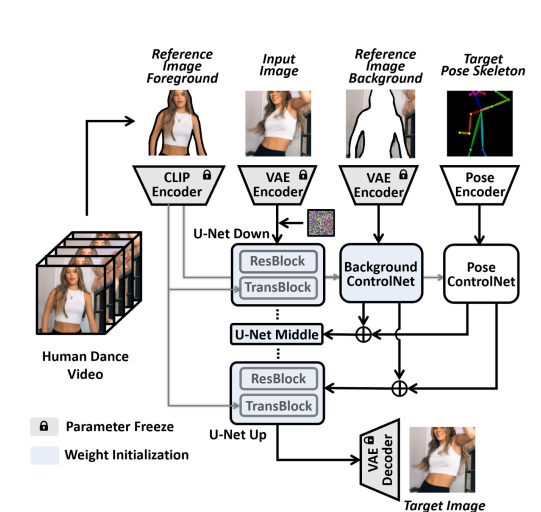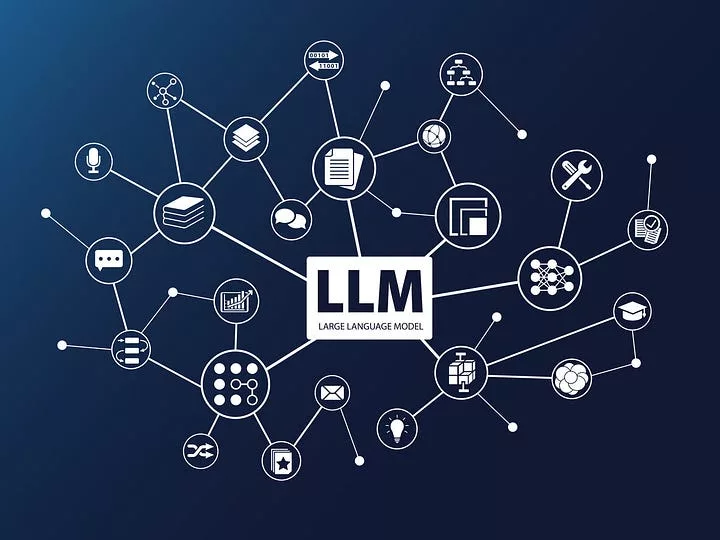A Dance of Code and Charisma
At its core, traditional software is about executing machine code — a deterministic sequence of instructions. The new kid on the block, LLM (Large Language Models), operates on a seemingly different principle: predicting the next word or sequence. But when we peel back the layers, are they really that different? And, more importantly, how can we integrate these seemingly opposing natures to solve complex problems?
Just as software isn’t solely about machine code, LLMs are far more than just word predictors. Software has evolved over the years, developing layers of abstraction like Object-Oriented Programming and high-level language constructs. Similarly, LLMs have moved beyond basic predictions, showing emergent capabilities like instruction-based learning and situational adaptation.
Software is grounded in logic and rigid rules. LLMs, on the other hand, display learned behaviors that aren’t always rooted in pure logic and preset rules.
Foundations of Software:
Rooted in logic and fixed instructions, traditional software is built upon rigid rules. It simply follows a set of instructions in sequence, ensuring the same output given the same input. Take, for instance, the classic “if-then-else” statement in programming.
A simple statement
if [condition] then [execute action A] else [execute action B]A complex statement
(if statement 1) AND/OR (if statement 2) AND/OR (if statement 3) …
Although software can handle complexity through nested conditions and parallel decision-making structures, it remains fundamentally rule-based. While this might bring a certain level of adaptability and non-determinism based on input parameters, it doesn’t showcase the kind of emergent behaviors associated with intelligence. More importantly, conventional software sometimes falls short when dealing with multi-objective complexities that align closely with human values, which are inherently nuanced and hard to define logically.
Foundations of LLMs:
These models, on the other hand, rely on pattern recognition rather than deterministic rules. Think of it like this: instead of being told step-by-step how to dance, an LLM watches countless dancers and naturally picks up the moves that resonate most. This learning process is facilitated by a weighted system. For instance, if more people prefer a particular dance move, that preference acts as a “weight”, prompting the model to prioritize that move over others. Each step doesn’t have a logical right or wrong. Some moves resonate with others and are accepted by the majority. Similarly, LLMs internalize and emulate patterns that are popular and acceptable within the vast swathes of data they are trained on.

The gap between Rigid Rules and Fluid Learning:
Traditional software can handle complex decision trees, combining multiple “if-then-else” conditions to produce varied outcomes. However, there’s a limit to this complexity, and it often struggles to navigate situations that aren’t predefined.
Imagine trying to program every single move of a freestyle dance using traditional software. The sheer complexity would be daunting. This is where LLMs shine. Just as a dancer learns moves and styles by watching others, LLMs learn patterns from vast amounts of data. While traditional software functions based on a defined logic, LLMs adapt by recognizing patterns and mimicking them.
LLMs bridge the gap where traditional software struggle. By observing vast amounts of data, they grasp and imitate patterns. While traditional software might stumble in undefined, human-centered scenarios due to its need for explicit instructions, LLMs can smoothly sail through by relying on learned patterns.
So, how do we maximize the potential of LLMs?
Imagine traditional software solutions as a scientifically brilliant, logical individual who might be socially awkward. In contrast, an LLM would be a charismatic individual, adept at social nuances, and popular. The strength of an LLM lies in its ability to mimic, adapt, and connect, while traditional software excels at logic, analytics, and rule-based processing.
Merging these strengths is the way forward:
Approach 1: Augment traditional software with LLM capabilities. For instance, a software function could leverage LLM to enhance its user interface or decision-making processes.

Approach 2: Integrate software functions within LLMs. This could be achieved by exposing software functions as microservices, which LLMs can tap into and execute dynamically based on context.

Navigating the Future:
The choice between these approaches isn’t binary. Given the vast software infrastructures already in place, including teams, processes, tools, and hardware, the journey to an AI-first enterprise will involve strategic planning and evolution. While the ultimate vision might be a world where software functions are seamlessly embedded within LLMs, getting there will be an evolutionary, rather than revolutionary, process.
Both methods have their merits. The choice will often boil down to organizational goals, infrastructure, and existing investments.
The paradigm shift from traditional software to LLMs is imminent. How we navigate this transition will shape the next era of technological innovation.
The era of AI-driven enterprises is dawning. But this transformation shouldn’t mean discarding our foundations in traditional software. Instead, a strategic blend of deterministic software logic with the adaptive intelligence of LLMs can chart a successful course for businesses looking to harness the full power of AI.




